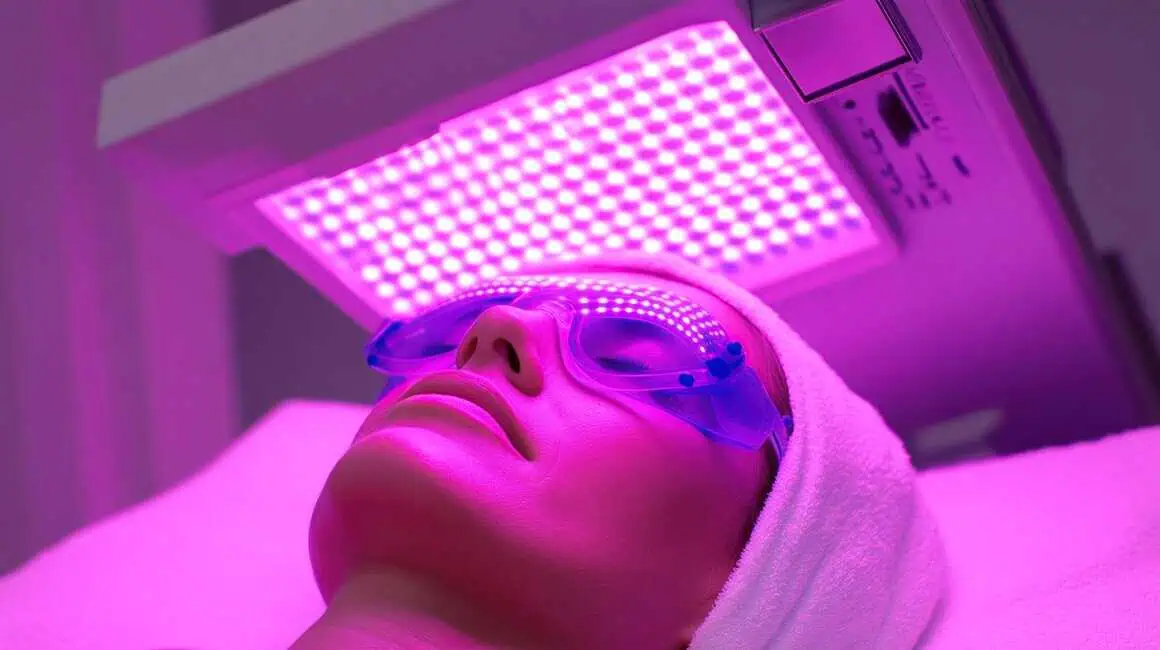When it comes to skin care, understanding the options available can be overwhelming. Medical grade peels and over-the-counter products both promise beautiful skin, but what’s the actual difference? In this guide, we’ll break down the distinctions between these two popular choices, making it easier for you to decide which one might be best for your skin.
Understanding Medical Grade Peels
Medical grade peels are performed by licensed professionals and contain higher concentrations of active ingredients compared to OTC options. They can address specific skin issues like deep wrinkles and acne.
Often found in dermatology clinics and medical spas, these peels include acids like glycolic or salicylic, which penetrate deeper into the skin’s layers. This deeper action allows them to provide more substantial results, particularly for conditions such as sun damage or hyperpigmentation.
The process usually requires an in-depth skin assessment, allowing the skincare specialist to customize the treatment to meet the individual needs of the patient. This tailored approach can ensure that the chosen peel will effectively target the specific issues at hand.
Post-peel care is also essential when you choose medical grade peels. Skincare professionals will provide you with detailed aftercare instructions to maximize the results and minimize any potential irritation.
Exploring Over-the-Counter Options
OTC peels are readily available at stores and online, typically featuring lower concentrations of ingredients. They are suitable for general skin maintenance and mild exfoliation.
One of the advantages of OTC options is their accessibility. You can easily pick one up during your grocery run or order online, which makes them a convenient choice for many.
In general, these peels are designed for anyone wanting to refresh their skin or incorporate a simple element into their routine. Although the results are less dramatic than medical grade peels, you may find them effective for light exfoliation and brightening.
While they come with lower risks, it’s still crucial to read the labels carefully. Ingredients like alpha hydroxy acids (AHAs) can be beneficial, but overuse can lead to irritation.
Efficacy and Results Comparison
Medical grade peels often provide more dramatic results in a shorter time frame, while OTC options may require consistent use over weeks or months for noticeable benefits.
For example, while a single session of a medical grade peel can drastically improve skin texture and clarity post-treatment, an OTC product may need regular application to show similar advantages. This difference is crucial for those looking for quick fixes or significant improvements.
It’s important to manage expectations; results from medical peels might also be longer lasting, which can make them a worthwhile investment. However, if you’re looking to maintain a gentle skincare routine, OTC products can still play a significant role over time.
Safety and Side Effects
With physician-administered treatments, safety is closely monitored; however, they may cause more intense side effects. OTC peels tend to be gentler but are less effective on severe skin issues.
Post-treatment redness and peeling are common with medical grade peels but usually subside within days. On the other hand, while OTC options are milder, some individuals may still experience sensitivity or mild irritation, especially if they have sensitive skin.
Always performing a patch test before using a new OTC product can be a great way to gauge your skin’s reaction without committing to a full treatment.
Cost Differences
Medical grade peels generally carry a higher price tag due to the expertise involved and the ingredients used, while OTC options are more budget-friendly but may require multiple purchases.
Investing in a medical grade peel may seem daunting at first. However, if you’re looking for long-term benefits and fast results, this could save you money in the long run, avoiding the cycle of trying and buying numerous OTC products.
For those on a tighter budget, OTC peels can still offer adequate results, especially if you’re diligent about using them as part of your regular skincare regimen.
Making the Right Choice for Your Skin
Assess your skin type, concerns, and budget to make an informed decision. Consulting with a dermatologist can provide personalized guidance on whether a medical grade peel or OTC option is best for you.
Consider what’s most important to you in your skincare routine. If you’re dealing with more serious skin conditions or seeking rapid improvement, medical grade peels might be the way to go. Alternatively, if you’re looking for something more gentle, trying a range of OTC options might be your best bet.
No matter which route you choose, maintaining a regular skincare routine, along with sun protection and hydration, will support your skin’s health. After all, glowing skin is about consistency!
Wrapping Up Your Skincare Journey
In summary, while both medical grade peels and over-the-counter options can offer benefits to your skin, they serve different purposes and can yield varying results. Always consult with a skincare professional before making a decision to ensure you choose the best option for your individual skin type and concerns.





